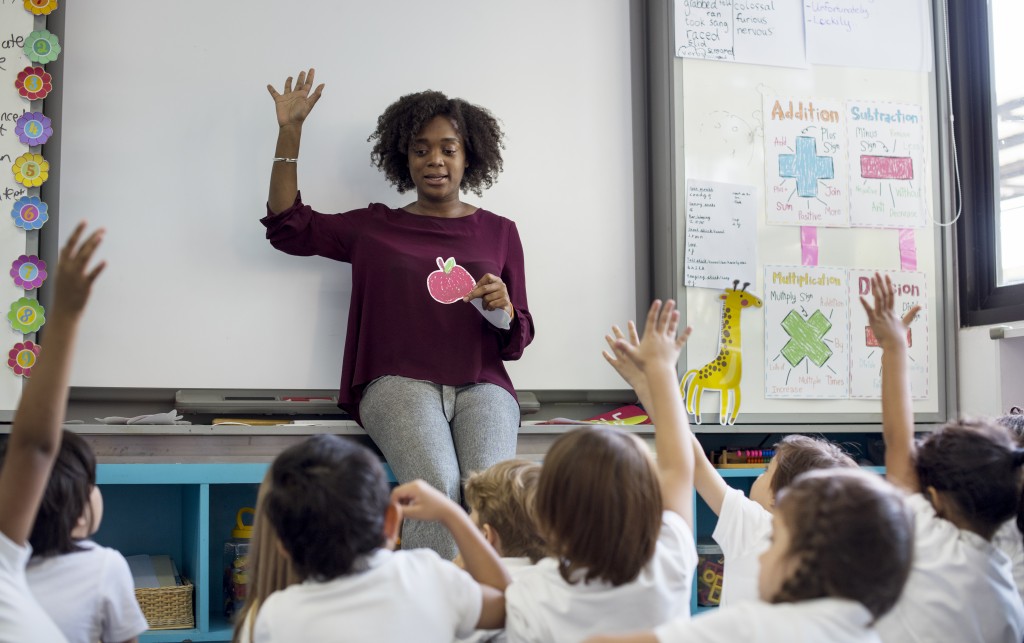With more schools embracing non-traditional classroom settings, it’s no surprise that classrooms are less cookie-cutter and more comfortable for students today. Students learn better in environments that are more comfortable for them. In good quality classrooms that are well-maintained, students are less distracted, more relaxed, and more motivated to participate in the learning activities.
To attain a comfortable classroom that is more conducive to learning, here are some tips that schools and teachers should follow:
1. Invest in high-quality furniture
Not all schools can buy expensive furniture, but that doesn’t mean they can’t find high-quality yet affordable school furniture supplies for their classrooms. Remember that a high price doesn’t always translate to good quality, and that is very much applicable for school furniture.
When selecting desks and chairs for your students, you would want to stay away from rigid furniture. Instead, look for ergonomic seats and desks that are soft enough to be comfortable, but not necessarily made of padding. Choose pliable plastic chairs that are designed to support proper sitting posture, and are lightweight enough to be moved and stacked easily.
2. Control the temperature
A cold classroom is not only distracting, but it makes students expend unnecessary energy to keep themselves warm. Not exactly the kind of environment that you want your students to suffer through, nor one that you would want to experience as the teacher, as well.
Needless to say, keeping your classroom at an optimal temperature is one of the best ways to keep students comfortable. Ideally, you would want your classroom temperature to be between 20-25 degrees.
3. Maintain cleanliness and organization
Keeping your classroom clean and organized is another excellent way to make your students feel comfortable at school. With a well-maintained learning environment, students feel more ready to learn and are less likely to get stressed.
More importantly, a clean classroom reduces the chances of germs spreading from student to student. This can help prevent the transfer of diseases, especially during flu season, and thus reduce absenteeism among students.
4. Have good lighting
Poor lighting inside the classroom can affect the visual performance of students and make it harder for them to read, write, and copy things off the board. Hence, if your classroom doesn’t have natural light coming in, make sure to maximize the quality of artificial light.
On the other hand, if your classroom has plenty of windows, do let in as much natural light as possible by removing obstructions from windows. Natural light does not only lead to better visual performance, but it can also help students feel more alert and awake in the classroom.
5. Put up decorations
Whether you are teaching a first-grade class or a senior class, putting age-appropriate decorations in the classroom can have a ton of benefits for your students. Here are some examples of great decor for each age group:

For pre-school and elementary students:
- Student artwork
- Colorful charts
- Educational pictures
- Cartoon characters
- Alphabet and numbers
- Colorful decals
For middle school students:
- Educational posters
- Awards and recognition
- Motivational posters
- Themed decals
- Classroom rules
For high school students:
- Motivational quotes
- Maps and charts
- Calendar
- Trivia posts
- Social bulletin board
A classroom doesn’t have to look perfect in order to be conducive to learning. But it should be comfortable for students. If you want to make your students feel like home at school, start by following these recommendations.
